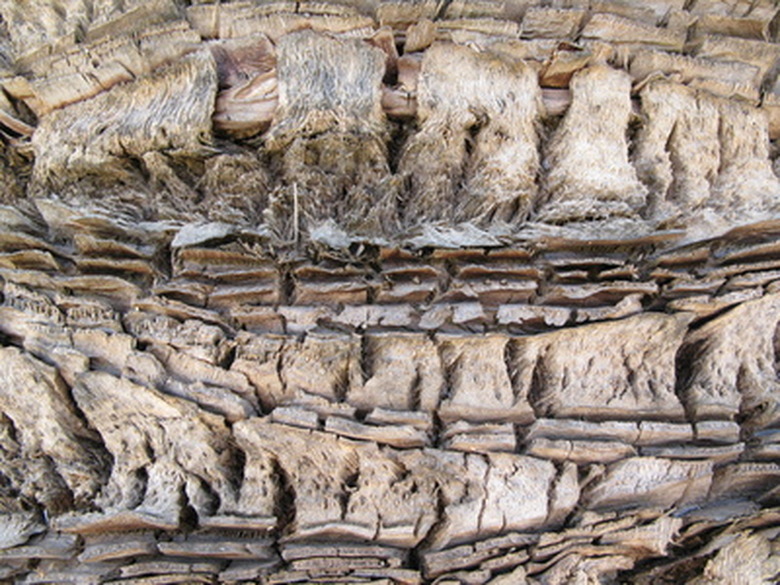Types Of Bugs & Insects That Live In Wood
There are two main categories of bugs that live in wood. Insects that live in healthy trees and shrubs are known as primary invaders. Those that reside in stressed and dead wood are secondary invaders. A secondary invader might simply be a nuisance, yet both types of wood eating insects can take a devastating toll on wood. Destroying the wood or plant where you find these bugs will stop the most harmful wood boring insects from spreading to other areas of your property.
Twig Girdler
Twig Girdler
Some insects tuck their eggs inside wood so that they will hatch and thrive undisturbed. Grayish-brown twig girdler adults chew v-shaped grooves all around the circumference of fallen twigs and branches. Their larvae have a tough time living in healthy sapwood, so keeping your property clear of fallen tree debris will keep the twig girdler population low and prevent an infestation.
Wood-Boring Weevils
Wood-Boring Weevils
The snout of a wood-boring weevil is made for chewing, so these bark-infesting insects can cause extensive damage when they attack tree trunks and the bases of woody ornamental plants. You can recognize the presence of weevils by looking for their legless, cream-colored larvae under the bark of the tree.
Carpenterworm Larvae
Carpenterworm Larvae
The larvae of carpenterworm moths tunnel into the trunks of oak, elm and cottonwood trees. Carpenterworms will invade willow, pear and cherry trees too. While developing into moths, the larvae travel in and out of tree trunks, causing significant damage. If you see piles of something that resembles sawdust in the cracks and crevices of your tree, carpenterworms may be the culprit.
Bark Beetles
Bark Beetles
Wood boring beetles are very common; more than 600 species of bark beetles live in the trees of the United States and Canada. The Pest Management Program at the University of California, Davis, reports that cypress and cedar bark beetles will attack cypress, false cypress, junipers and redwood trees. Weak, stressed or injured pine trees attract southern pine beetles. These small, reddish-brown or black beetles tunnel below a tree's bark and into its wood. Their activity will turn pine needles from green to reddish-brown within one to two months after infestation. If you remove a bark beetle-infested tree, those that surround it may not suffer a similar attack.
Pine Seed Bugs
Pine Seed Bugs
This true bug, also known as the Western conifer seed bug, is pointed on both ends and grows up to an inch long. In Iowa, pine seed bugs spend their summers lounging in pine trees and sucking on sap. While their activity may cause pine cones to fall prematurely, their behavior as they feed on the tree's wood is not damaging to otherwise healthy trees.
Cite This Article
MLA
Hadley, Christina. "Types Of Bugs & Insects That Live In Wood" sciencing.com, https://www.sciencing.com/types-bugs-insects-live-wood-6574909/. 22 November 2019.
APA
Hadley, Christina. (2019, November 22). Types Of Bugs & Insects That Live In Wood. sciencing.com. Retrieved from https://www.sciencing.com/types-bugs-insects-live-wood-6574909/
Chicago
Hadley, Christina. Types Of Bugs & Insects That Live In Wood last modified March 24, 2022. https://www.sciencing.com/types-bugs-insects-live-wood-6574909/
